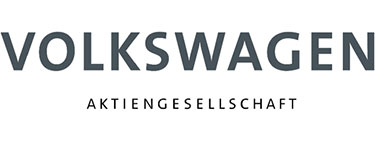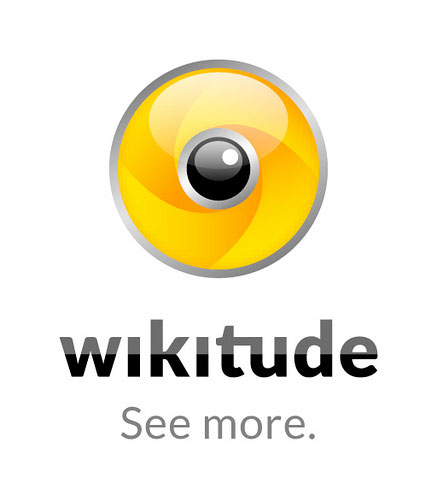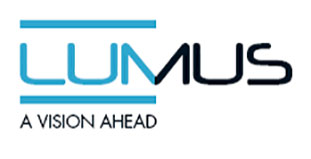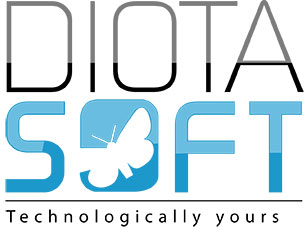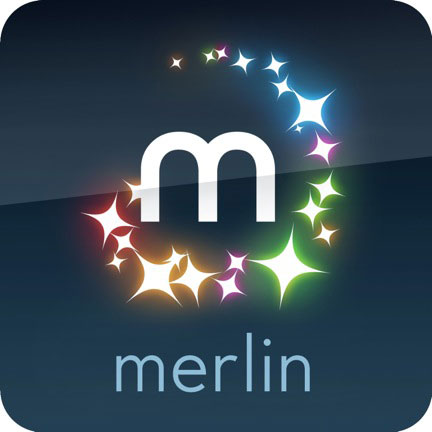Integrating Augmented Reality to Enhance Expression, Interaction & Collaboration in Live Performances: a Ballet Dance Case Study
SCHEDULE INFORMATION
| Event Title | Session Title | Chair | Room | Start | End |
|---|---|---|---|---|---|
| MASHD: AR Interaction and Creativity | MASH'D: AR Interaction and Creativity | Julian Stadon, FH Salzburg | HS3 | 12 Sep, 2014 11:00 AM | 12 Sep, 2014 12:30 PM |
Abstract:
The democratization of high-end, affordable and off-the-shelf sensors and
displays triggered an explosion in the exploration of interaction and
projection in arts. Although mostly witnessed in interactive artistic
installations (e.g. museums and exhibitions), performing arts also explore
such technologies, using interaction and augmented reality as part of the
performance. Such works often emerge from collaborations between artists and
scientists. Despite being antonymic in appearance, we advocate that both
fields can greatly benefit from this type of collaboration. Since 2006 the
authors of this paper (from a research laboratory and a national ballet
company) have collaborated on augmenting a ballet performance using a
dancer’s movements for interaction. We focus on large productions using
high-end motion capture and projection systems to allow dancers to interact
with virtual elements on an augmented stage in front of several hundred
people. To achieve this, we introduce an ‘augmented reality engineer’,
whose role is to design the augmented reality systems and interactions
according to a show’s aesthetic and choreographic message, and to control
them during the performance alongside light and sound technicians. Our last
production: Debussy3.0 is an augmented ballet based on La Mer by Claude
Debussy, featuring body interactions by one of the dancers and backstage
interactions by the augmented reality engineer. For the first time, we
explored 3D stereoscopy as a display technique for augmented reality and
interaction in real-time on stage. The show was presented at Biarritz Casino
in December 2013 in front of around 700 people. In this paper, we present the
Debussy3.0 augmented ballet both as a result of the use of augmented reality
in performing arts and as a guiding thread to provide feedback on
arts-science collaboration. First, we will describe how the ballet was
constructed aesthetically, technically and in its choreography. We will
discuss and provide feedback on the use of motion capture and stereoscopy
techniques in a live show and will then broaden the scope of discussion,
providing feedback on art-science collaboration, the traps and benefits for
both parties, and the positive repercussions it can bring to a laboratory
when working on industrial projects.





